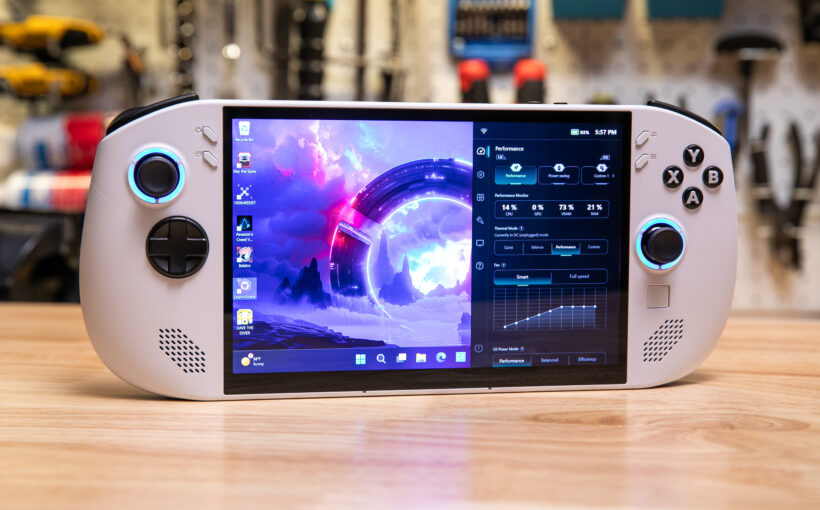
The Lenovo Legion Go S was supposed to change things. It was poised to show Valve isn’t the only one that can build an affordable, portable, potent handheld gaming PC — you just need the right design and the right OS.
I was intrigued when Valve’s own Steam Deck designers told me this Windows handheld would double as the first authorized third-party SteamOS handheld this May. When I heard Lenovo had procured an exclusive AMD chip that would help that SteamOS version hit $499, I got excited for a true Steam Deck competitor.
But I’m afraid that chip ain’t it.
I’ve spent weeks living with a Legion Go S powered by AMD’s Z2 Go, the same chip slated to appear in that $499 handheld. I’ve used it with both Windows and Bazzite, a SteamOS-like Linux distro that eliminates many of Windows most annoying quirks. I tested both directly against a Steam Deck OLED and the original Legion Go, expecting to find it between the two in terms of performance and battery life. But that’s not what I found.
Watt for watt, its Z2 Go chip simply can’t compete with the Steam Deck, and its far weaker than the Z1 Extreme in last year’s handhelds. That’s inexcusable at the $730.



